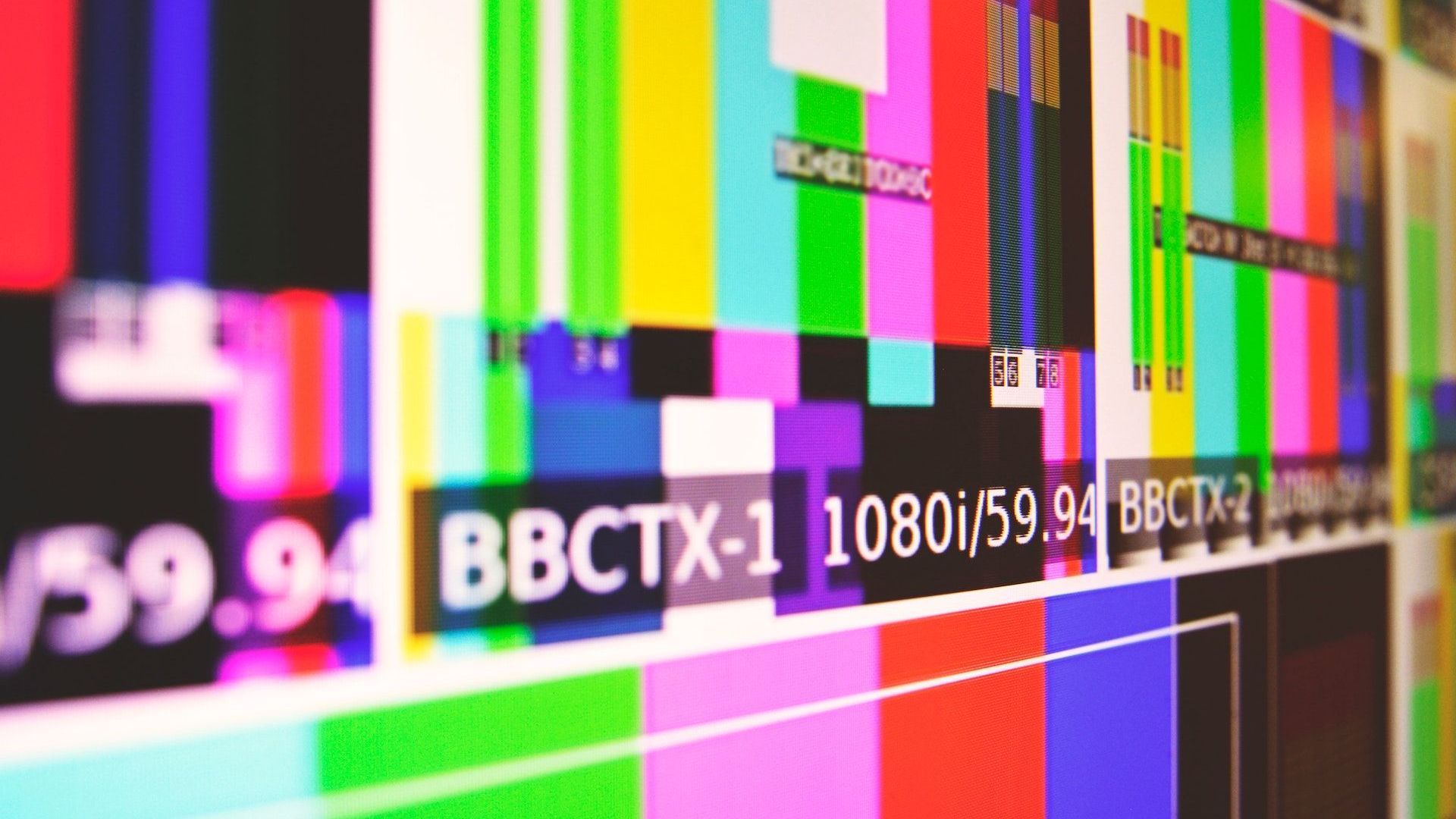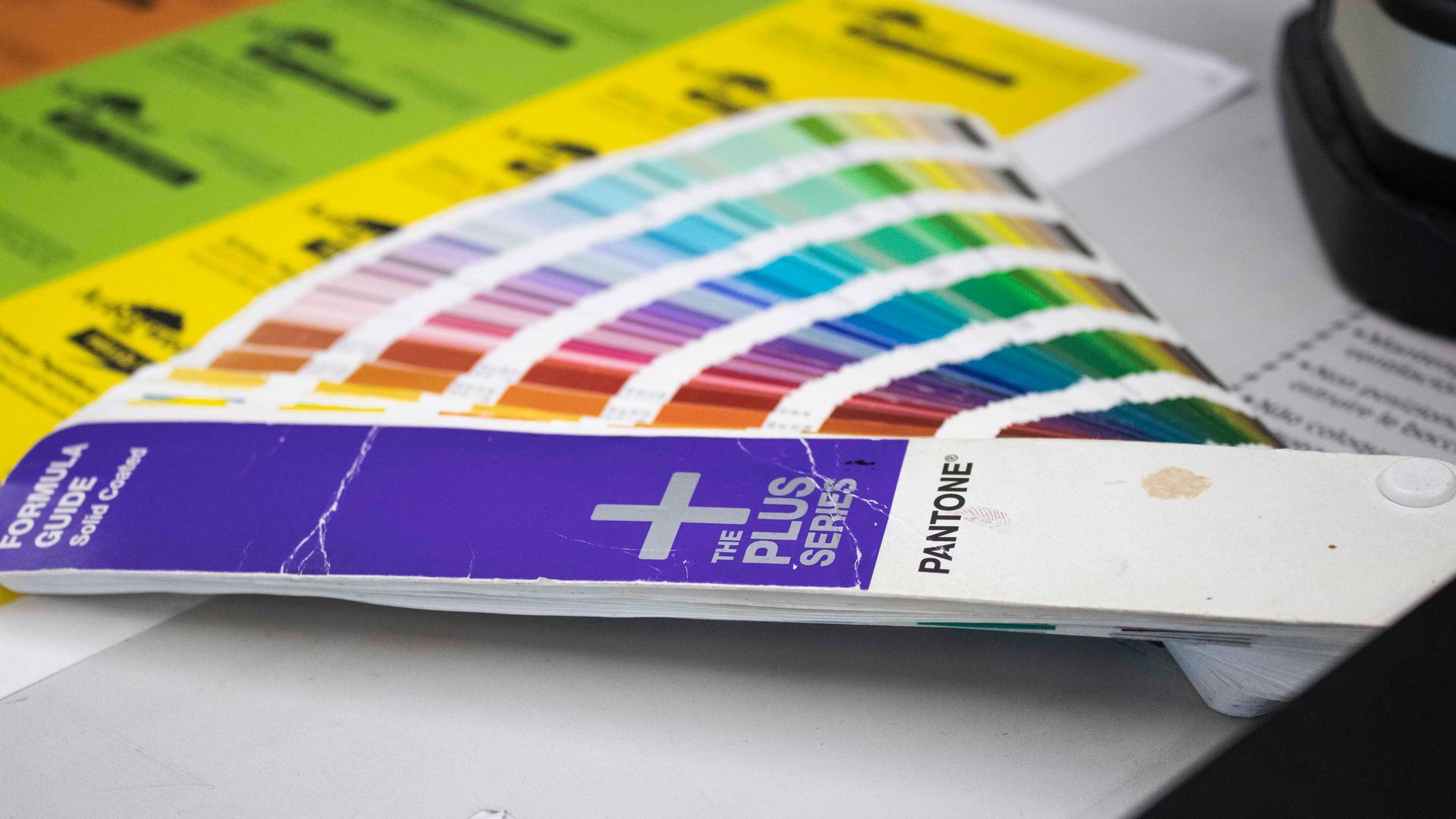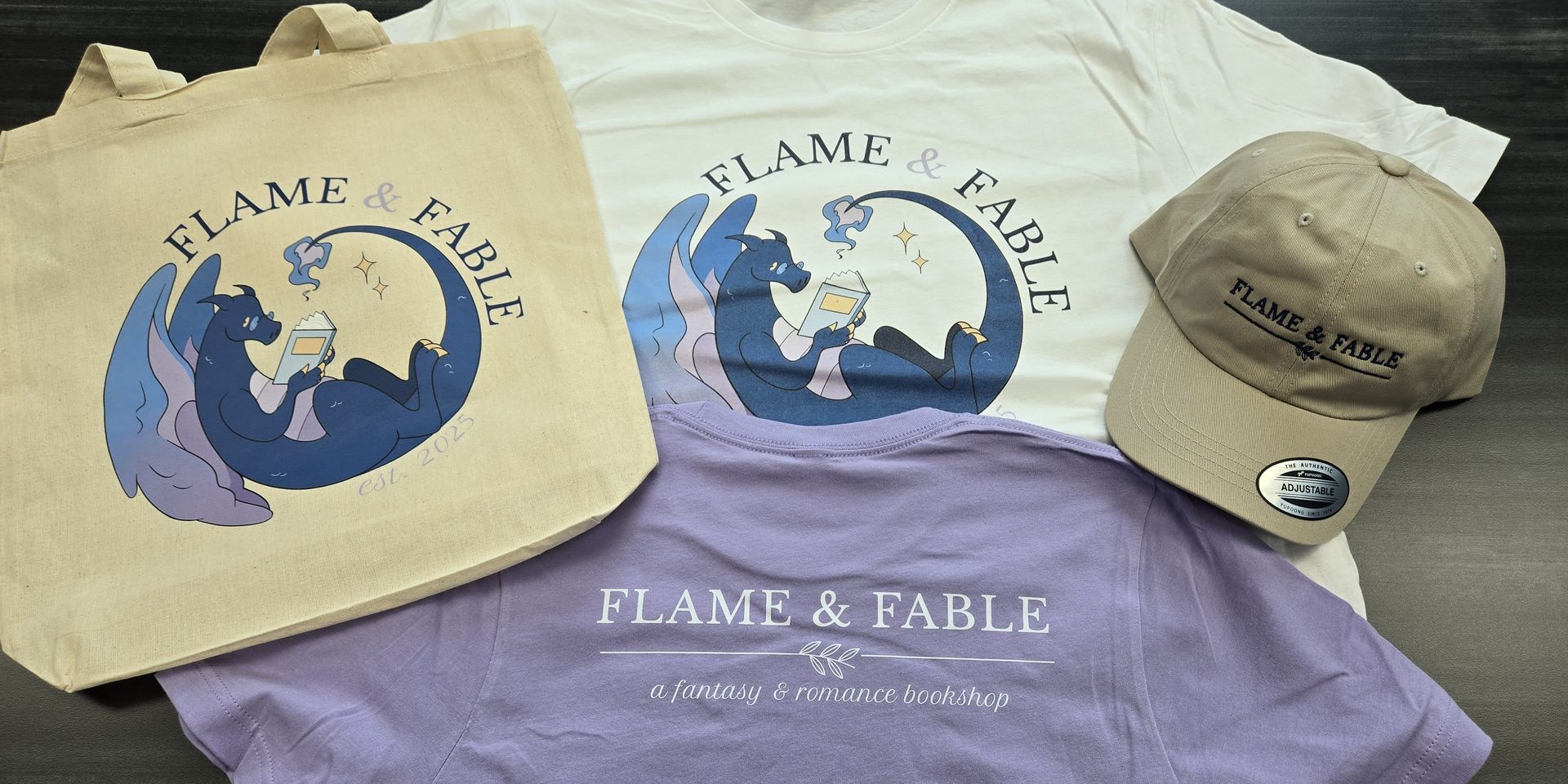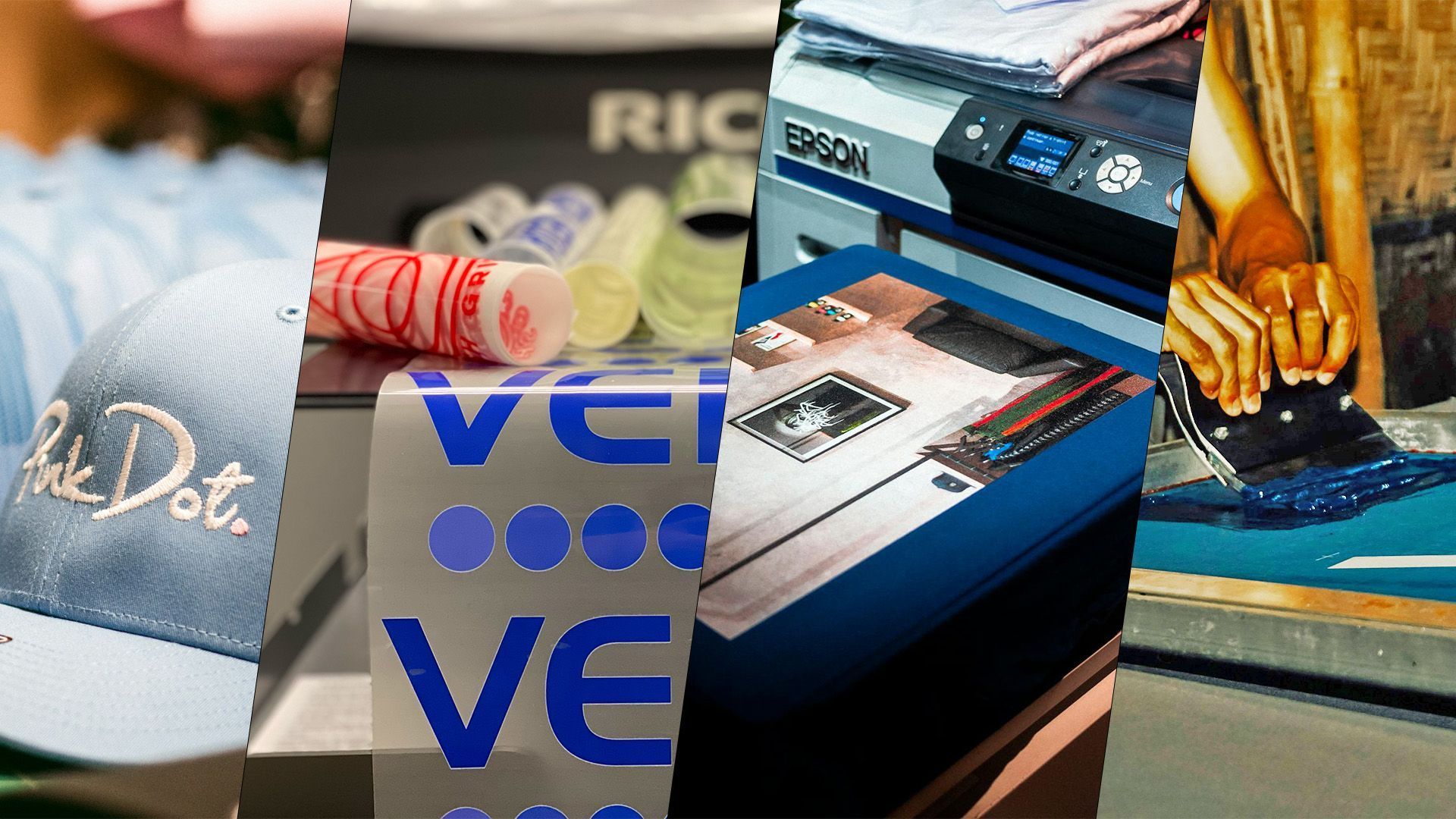It’s a Colorful World! A Review of RGB, CMYK, Pantone
Introduction
Almost everyone learns about ROYGBIV: Red, orange, yellow, green, blue, indigo, and violet. These colors make up the rainbow. People also learn about primary colors and how they mix to create secondary colors. This specific color model, as we know it, is not completely accurate to the graphic design and printing world. Although some concepts are the same, knowing the other color models and when to use them can help you produce a better result.
RGB

RGB stands for red, green, and blue. It is most commonly used digitally, and it involves emitted light. Think of a computer monitor– it's glowing! Because it is emitted light, RGB is an additive color palette, meaning the more of each color you add, the brighter it becomes.
Each color can go up to a maximum light level of 255. So, if every color is at 255, then white is displayed. But, if only red is at a value of 255, a vibrant red would show since no green or blue light is emitted.
You might wonder how you get colors like yellow, orange, or purple from this range of colors. Yellow is created by adding red and green. But, the less green you add to red, the more orangey the color becomes. However, red and blue no longer make purple but instead create magenta. If you want something closer to purple or indigo, you want a lower value of red. Finally, if you mix green and blue at values of 255 each, you will get cyan.
The resulting color combinations might sound familiar. CMY, or cyan, magenta, and yellow, are the resulting mixtures of RGB. How do you get black? If you have no light or all values are 0, your color will be black! You can also get variations of gray by having red, green, and blue be at equal values. Of course, you can tweak those to get warmer or cooler tones.
If you’re a visual learner, it might be helpful to be able to see how the RGB color model works. W3Schools has a great tool to play with if you want to mix colors and see the results yourself.
You can find the RGB color mixer
here!
CMYK

The CMYK color model represents cyan, magenta, yellow, and black. CMYK is most commonly used for printed materials. Digital and offset printers print in CMYK and layer on the different colors to create the most accurate result.
CMYK is a subtractive model, unlike RGB, so you would need to subtract all the ink to achieve white. Removing all the ink means not placing any of it down so that the original paper color appears.
CMYK inks can be mixed to create green, red, blue, purple, orange, etc. Cyan and magenta make the deep blue you might be used to seeing in a rainbow. The less cyan you add will cause the color to be more purple. Cyan and yellow make green, just as yellow and blue would. Magenta and yellow create red, but the less magenta used equals a more orangey hue.
If you add black to any of the colors, they become a darker, less saturated version. In contrast, adding less cyan, magenta, or yellow means you get a lighter color.
This CMYK generator is a great tool to help visualize how different levels of the CMYK color model’s colors interact!
Pantone

When you think of a well-known brand, you probably make a few associations with it. For example, UPS is known for its brown branding, and Starbucks uses a particular green. It is a very specific shade of brown and a unique shade of green that can be consistently achieved using Pantone ink.
Because colors can significantly impact brand recognition, you can get sued if you are caught trying to use a claimed Pantone shade.
There are two different color systems that Pantone colors can fall into: PMS (Pantone Matching System) or FHI (Fashion, Home + Interior). PMS is what designers go for when picking colors for branding. PMS colors include a number and a C, M, or U, which refers to coated, matte, or uncoated colors. The system has thousands of colors to choose from.
PMS colors are spot colors, meaning they use premixed ink to be accurate and consistent. CMYK is a process color and instead lays down ink in layers. There are conversions between PMS, CMYK, and RGB, but the color results will differ slightly. Thus, digital printers cannot print perfect matches to Pantone colors. Only offset printing, which uses ink and not toner can print Pantone colors because you can load up that premixed ink.
You can explore some of the PMS colors
here!
Summary
Knowing where and when to use RGB and CMYK color models can yield a better result for your goal when working with colors. Additionally, PMS colors are important to acknowledge as an effective way to incorporate colors and establish recognizable branding.
Remember that RGB is for digital-only items, CMYK is for print, and PMS colors are for offset printing. Also, know that you can convert any of these colors to a formula of another, but it may not be perfectly accurate.



